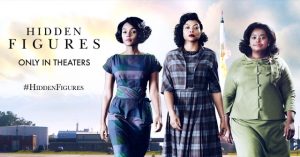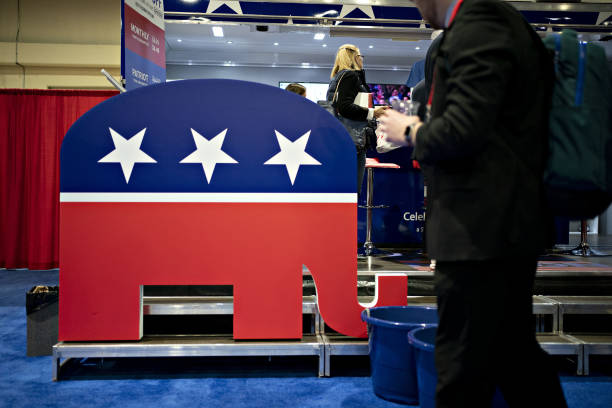(ThyBlackMan.com) The phenomenal success of the motion picture Hidden Figures shows that there is an audience for well-crafted films featuring African American themes and stars. More importantly, it shows how African Americans are inextricably linked not only to American history, but also to world shaping events. In commemoration of Black History Month, here are two more vignettes of significant figures of African descent whose exploits have not been widely revealed to American and world audiences:
On the 11th hour, of the 11th day, of the 11th month, the guns fell silent signaling the end of World War I. Over the course of the Great War as it was called, close to 39 million people were killed, wounded, or would go missing in action. Approaching the 100th anniversary of the war’s end there has been a spate of movies exploring topics like the fall of the Ottoman Empire and the Armenian Genocide. One story I would like to see told if of the “Harlem Hell Fighters” of the 369th Infantry Regiment. Ever heard of them? I hadn’t either until I stumbled across an article about one of the regiment’s more famous members.
The 369th Infantry Regiment was formed from the 19th New York Army National Guard Regiment. Before the regiment was formed, African Americans had to join the armed forces of Canada or France to fight in World War I. Overseas, the 369th was under the leadership of General John J. Pershing, Commander of the American Expeditionary Force (AEF), who, after consigning them to “labor services” instead of combat, “loaned” them to the French Army seeing as white Americans refused to fight alongside their black counterparts. The rampant racism in the United States Armed Forces at the time saw the AEF Headquarters issue a pamphlet to French authorities and civilians at their deployment entitled “Secret Information Concerning Black American Troops” warning of “the inferior nature and rapist tendencies” of African Americans.
France did not segregate the black troops, assigning them to combat duty at the front as part of the French infantry. Such was their military prowess and ferocity on the battlefield that the Germans bestowed the sobriquet “Hell Fighters” on them. The 369th was the first Allied unit to reach the Rhine River after the November 11th armistice and the Regiment, along with 171 of its individual members were awarded the Croix de Guerre, France’s highest military honor. Two of the 369’s most notable members were Lieutenant James Europe and Private Henry Johnson.
The Central Committee of Negro College Men persuaded President Woodrow Wilson to set up camps to train officers for proposed black regiments. James (Jim) Europe was among those selected for officer positions. Jim Europe had been a leading figure in the early 1900’s New York City music scene. His Cleft Club made history when it played at Carnegie Hall in 1912 unveiling music that would later come to be called jazz.
His Society Orchestra played for Vernon and Irene Castle, the white dance couple sensation who popularized the ‘Foxtrot’. Europe would say that “we colored people have our own music that is part of us. It’s the product of our souls…” As the leader of The 369th Regimental Band, he introduced the Brits and the French to this new, uniquely American art form that would come to be loved and played the world over.
Private Henry Johnson was the first American soldier in World War I to win the Croix de Guerre. In one of his more notable exploits, he fought off a party of two dozen German soldiers in hand-to-hand combat with grenades, his rifle butt, a bolo knife and his fists; all while being wounded 21 times earning him the nickname “Black Death”. Theodore Roosevelt, Jr., founder of the American Legion called Johnson “one of the five bravest Americans to have served in World War I.”
Despite his feats of heroism, however, a warrant for his arrest was issued ostensibly for “wearing his uniform beyond the prescribed date of his commission”, but in reality it was for having the temerity to speak about the racism he faced in the American ranks at public speaking engagements back home. After having been overlooked for the highest award for valor by his own country, President Barack Obama posthumously awarded him the Medal of Honor in June of 2015.
With the box office and critical acclaim of the movie “Hidden Figures”, telling the story of the black women who were an integral part of America’s successful entrance into the space race, there should be no reason that we don’t see a theatrical presentation of the 369th and the notable black men who served in World War I. Like the Massachusetts 54th and Buffalo Soldiers who came before them, and Tuskegee Airman who came after them, they had to “fight to fight”, and overcame tremendous odds to show their patriotism and bravery. And no disrespect to George Lucas who did “Red Tails” about the Airmen, it is a story that should be told by someone who understands the blatant indignities as well as the subtle nuances of what it was/is like to live in a society that doesn’t want to acknowledge any of your contributions; while using them at the same time. Black history is world history and this history is being made every day.
We have to call on our historians to make sure these stories find their way into text books and our filmmakers to break out of the usual genres of urban crime sagas and romantic comedies to bring more of these stories to life. The story of the Hell Fighters and Private Johnson, in particular, have all the elements of high drama, angst and dramatic action tailor-made for the big screen and will further serve to show an unknowing public not only what it means to be an African American, but also what African Americans mean to American and world history. We need more of these “Hidden Figures” to be brought out of the shadows into the light.
Staff Writer; Harry D. Sewell

















Leave a Reply